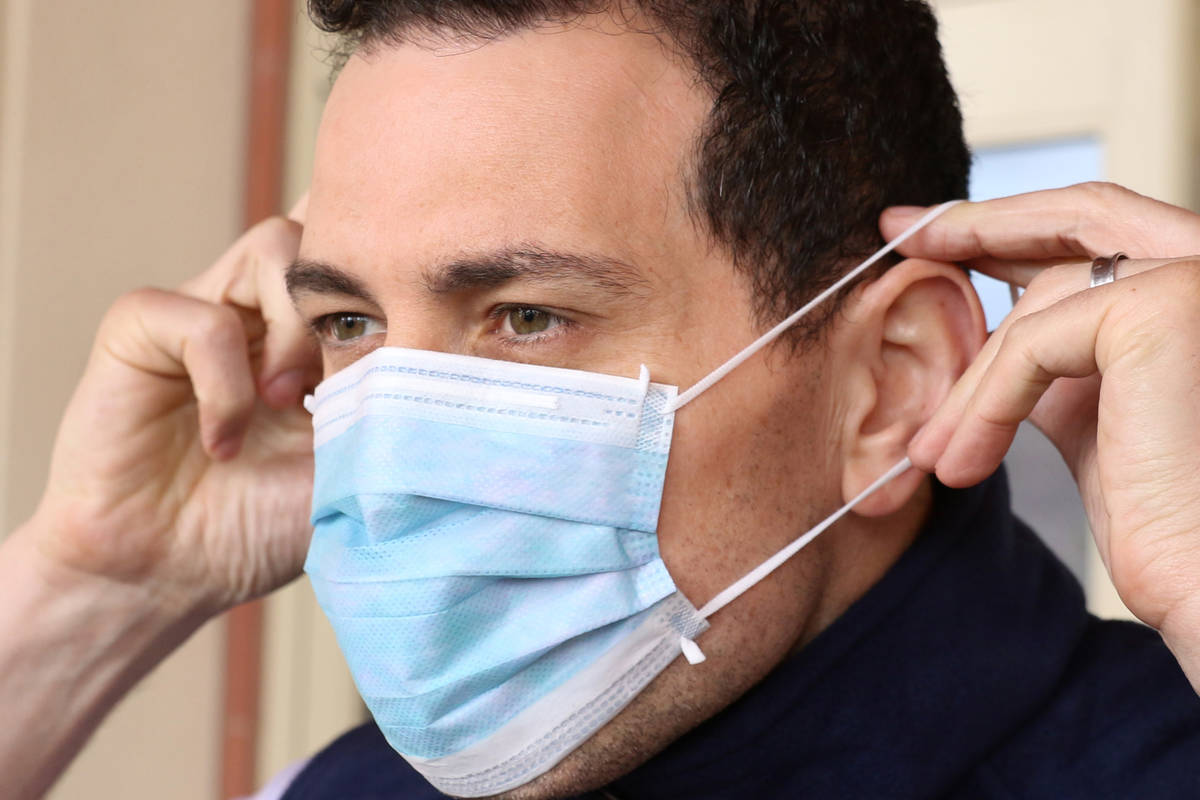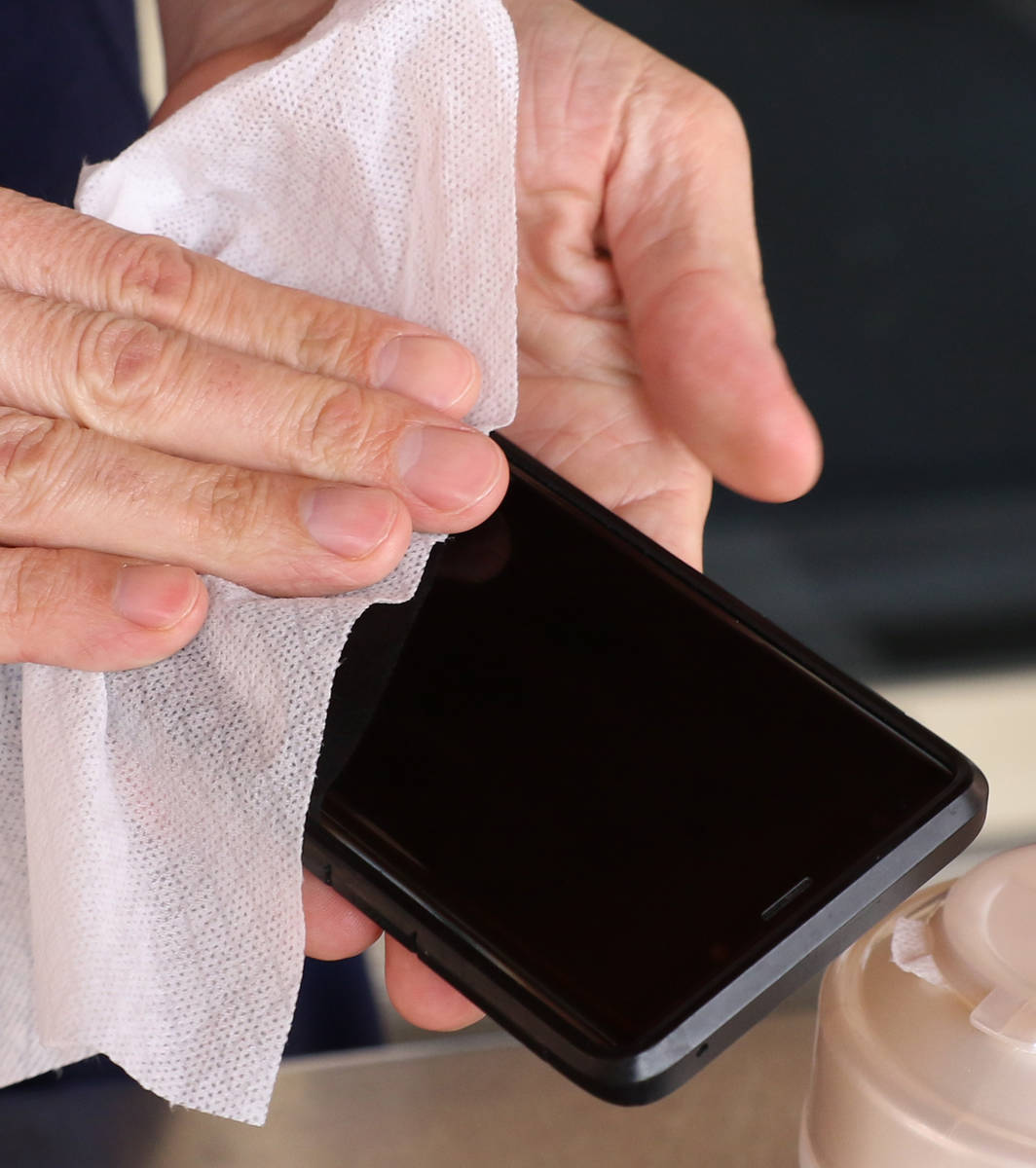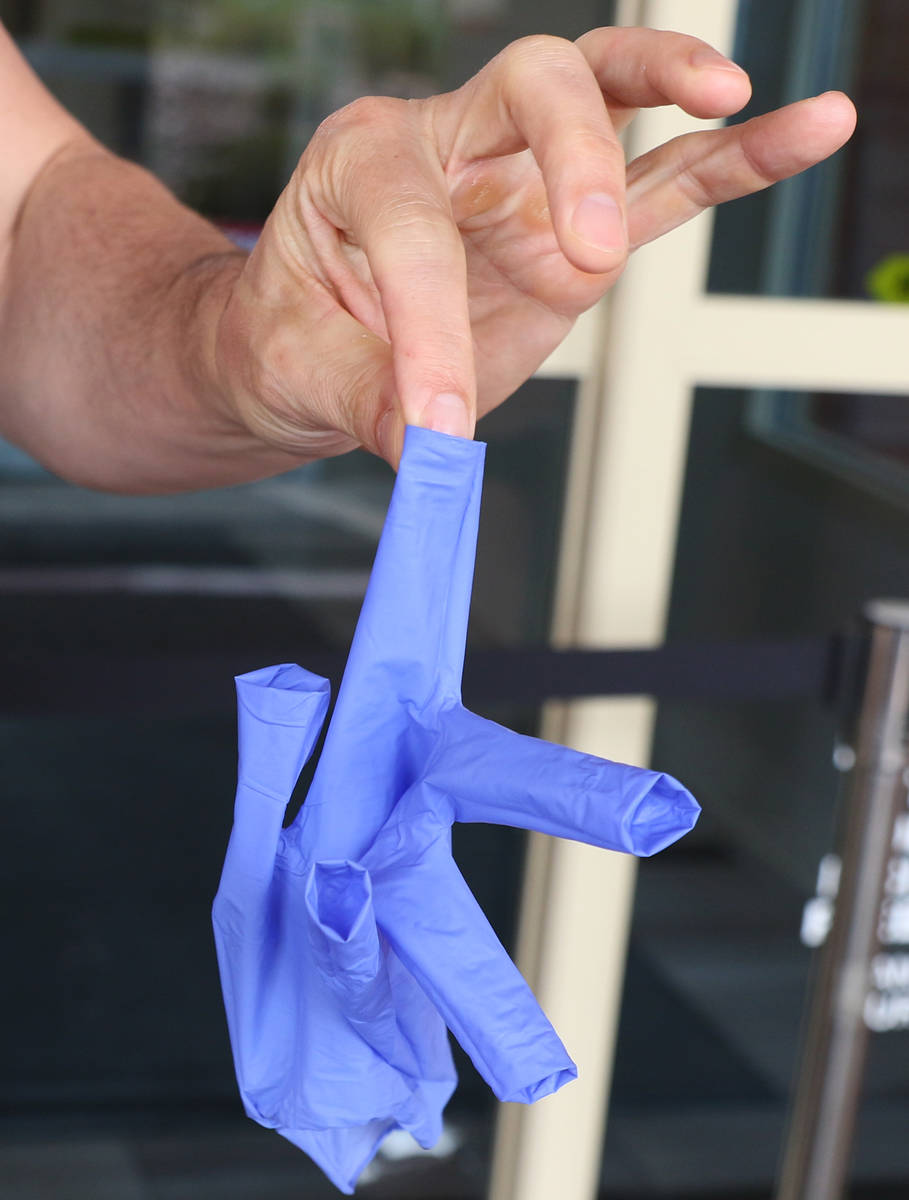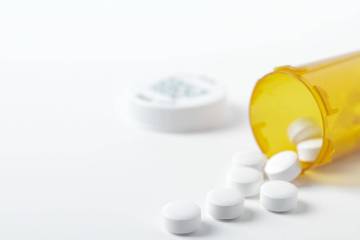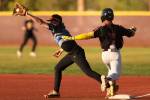Why, how to wear cloth mask to fight coronavirus spread
Dr. Christopher Voscopoulos puts on and takes off his N95 mask about 100 times a day while in the COVID-19 ward at Southern Hills Hospital and Medical Center.
All this donning and doffing — along with overseeing the intensive care unit, which treats the hospital’s most seriously ill patients — make him an authority on mask do’s and don’ts at a time when health authorities are recommending that the public wear cloth masks to curb the spread of the new coronavirus.
On Monday afternoon, he offered some guidance for the public on why and how to wear a mask, including how to take one off safely.
Symptoms not obvious
The Centers for Disease Control and Prevention is urging the public to wear cloth masks, citing increasing evidence that people can have the virus without knowing it. They may never develop symptoms but can still transmit the virus to others. Or they may transmit the virus before they develop symptoms. The disease is often spread through respiratory droplets that invade a person’s lungs though the mouth or nose.
“This means that the virus can spread between people interacting in close proximity — for example, speaking, coughing, or sneezing — even if those people are not exhibiting symptoms,” CDC spokesman Jason McDonald wrote in an email Monday.
By covering the mouth and nose — and by shielding a cough or sneeze — a mask can help prevent people who don’t know they’re sick from infecting others.
Echoing the CDC, the Southern Nevada Health District on Monday recommended that the public “wear cloth face coverings in public settings where other social distancing measures are difficult to maintain (e.g., grocery stores and pharmacies).”
Social distancing — staying at least 6 feet from other people — “remains the most important method of slowing the spread of the virus,” the district said in an email Monday.
Public health authorities have emphasized that wearing a surgical or cloth mask in public doesn’t so much protect the wearer as it does the people who come into contact with the wearer.
But Voscopoulos said that any barrier may be better than none for the wearer.
Whether people become ill, and how ill they become, can depend in part on the “viral load,” or what quantities of the virus they are exposed to. Wearing a mask could keep some of the viral load at bay.
Voscopoulos likened the body to a fort with the resources to repel an army of 100, not 100,000.
“This is warfare,” he said.
Though N95 masks provide the best protection against the virus, they aren’t recommended for the public. These high-demand items are being rationed at hospitals to avoid shortages.
“These are critical supplies that must continue to be reserved for health care workers and other medical first responders,” the health district said.
Taking off masks, gloves
To use a mask safely, it’s important to take it off by the straps, taking care to avoid touching the mask’s exterior or interior where the virus lurks, Voscopoulos said.
“The front of the mask is the area that literally is entrapping the virus,” he said.
A paper mask should be disposed of after, while a cloth mask should be laundered, Voscopoulos said. “A virus is not going to be able to survive a load of laundry.”
The virus can linger on surfaces touched by dirty hands, prompting some people to wear gloves in public. Since the virus doesn’t enter the body through skin, the key is to not to touch your face, whether a glove is on your hand or not.
It’s also important to peel gloves off from the wrist, Voscopoulos said, so that they turn inside out, putting the germs that were on the outside of the glove on the inside. Gloves should then be disposed of or laundered, depending on their material, he said.
Contact Mary Hynes at mhynes@.com or 702-383-0336. Follow @MaryHynes1 on Twitter.



